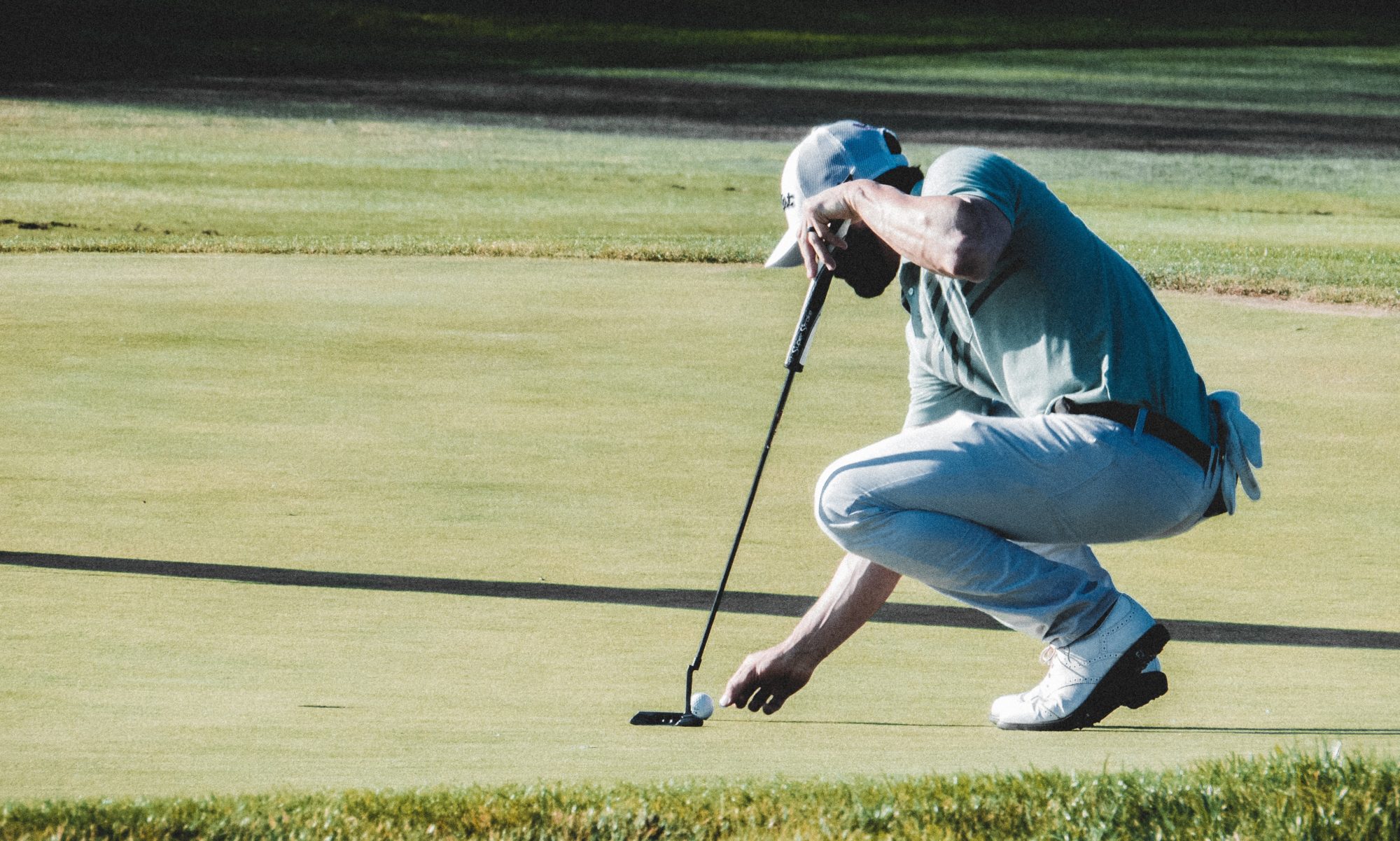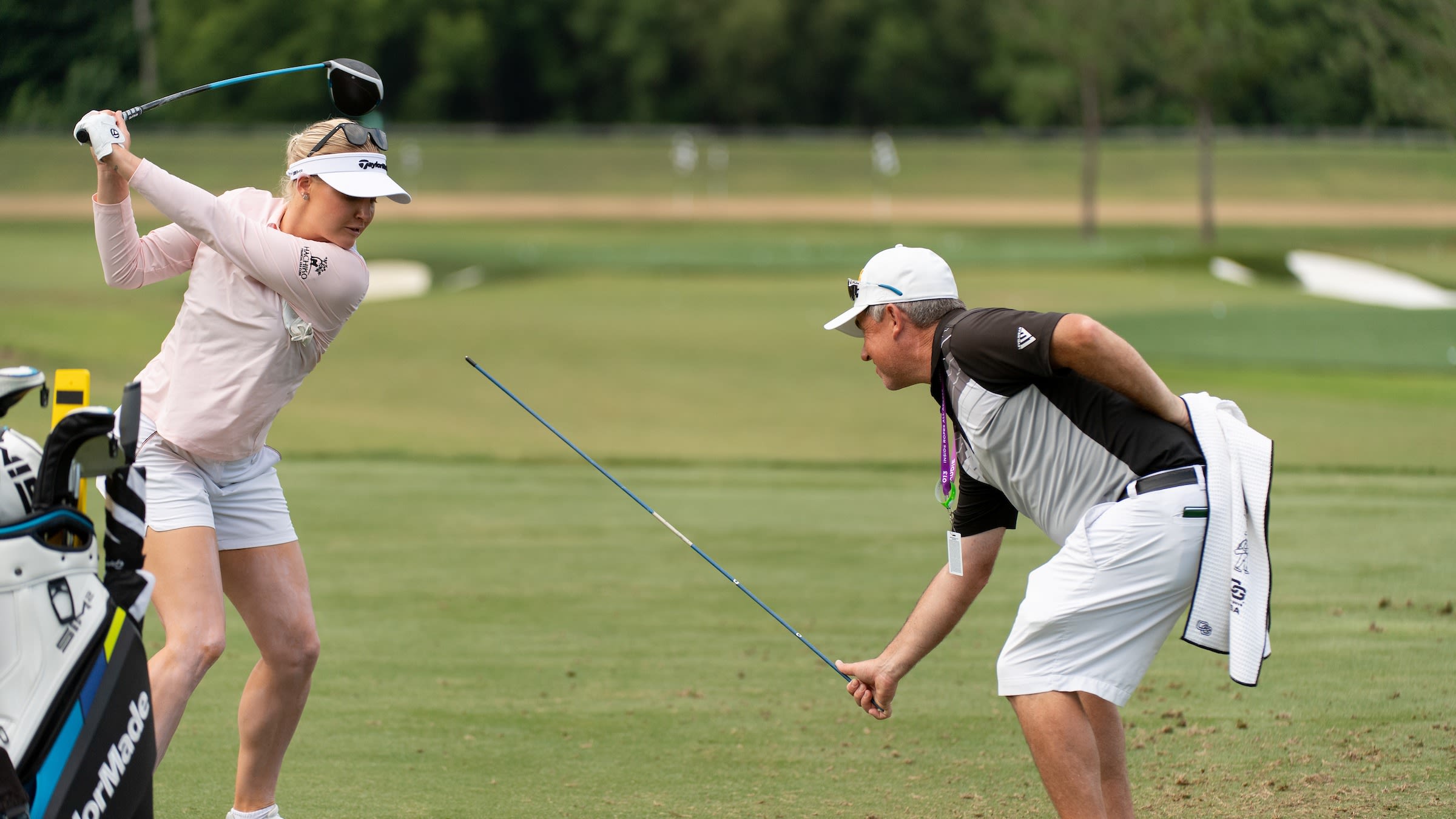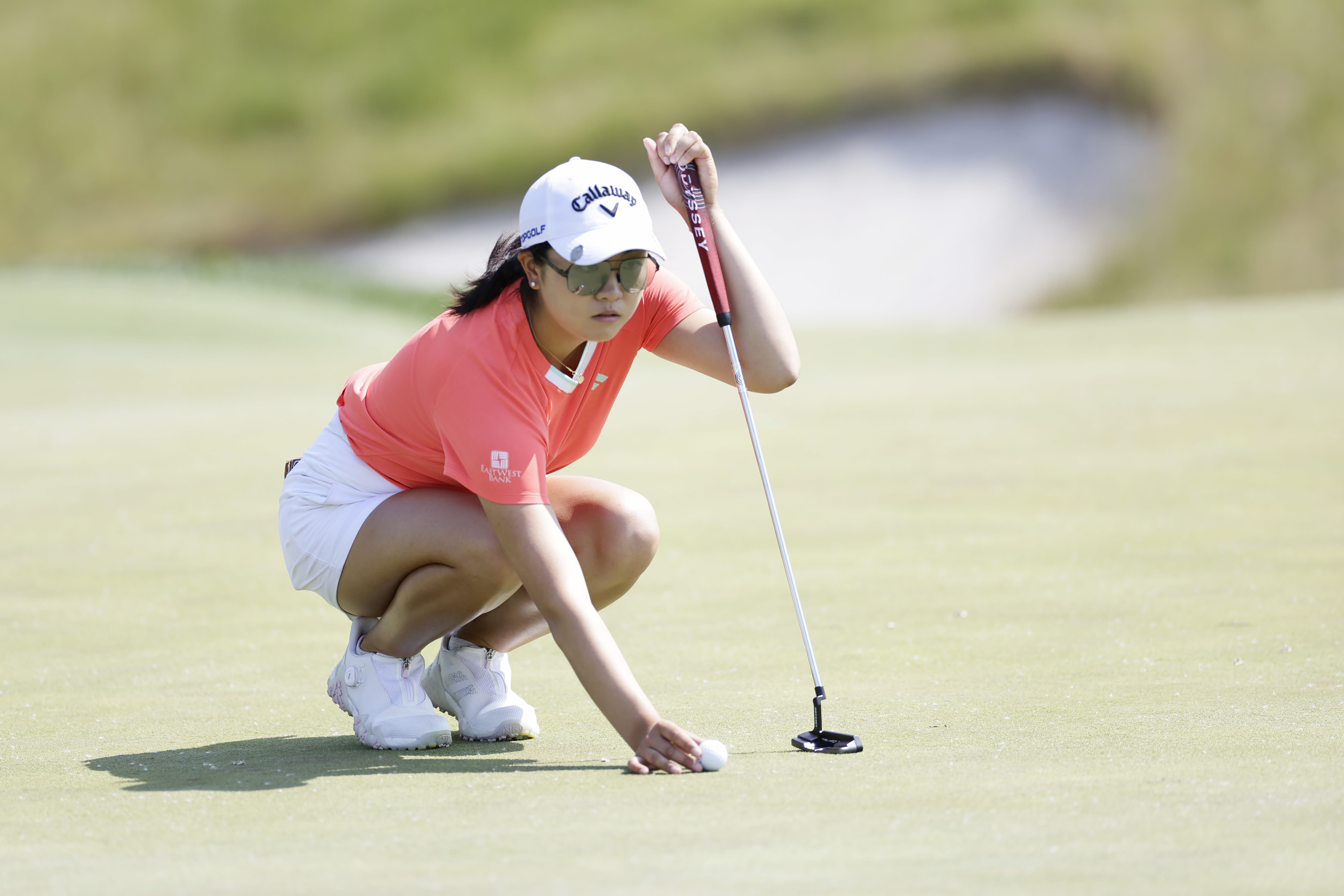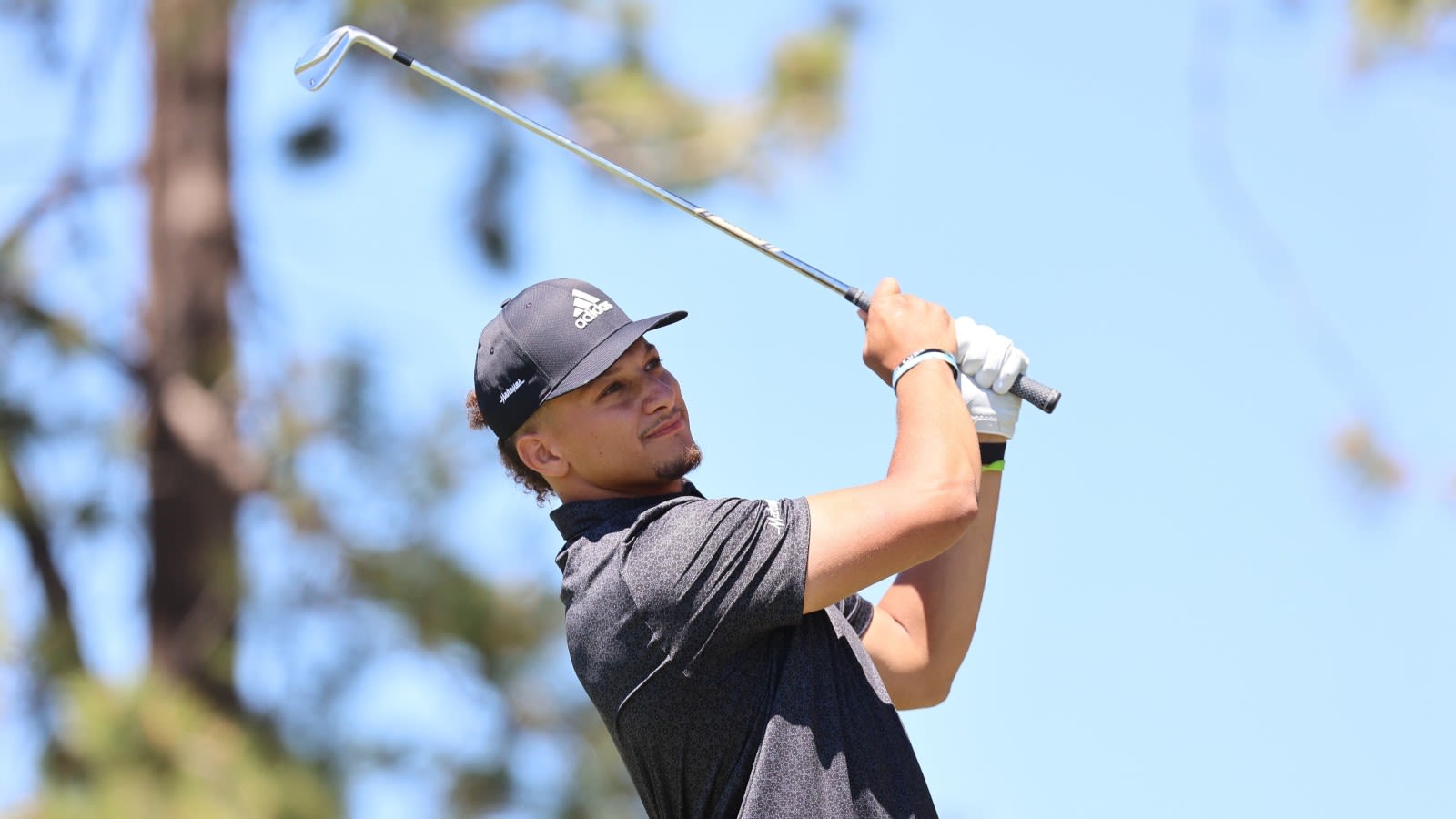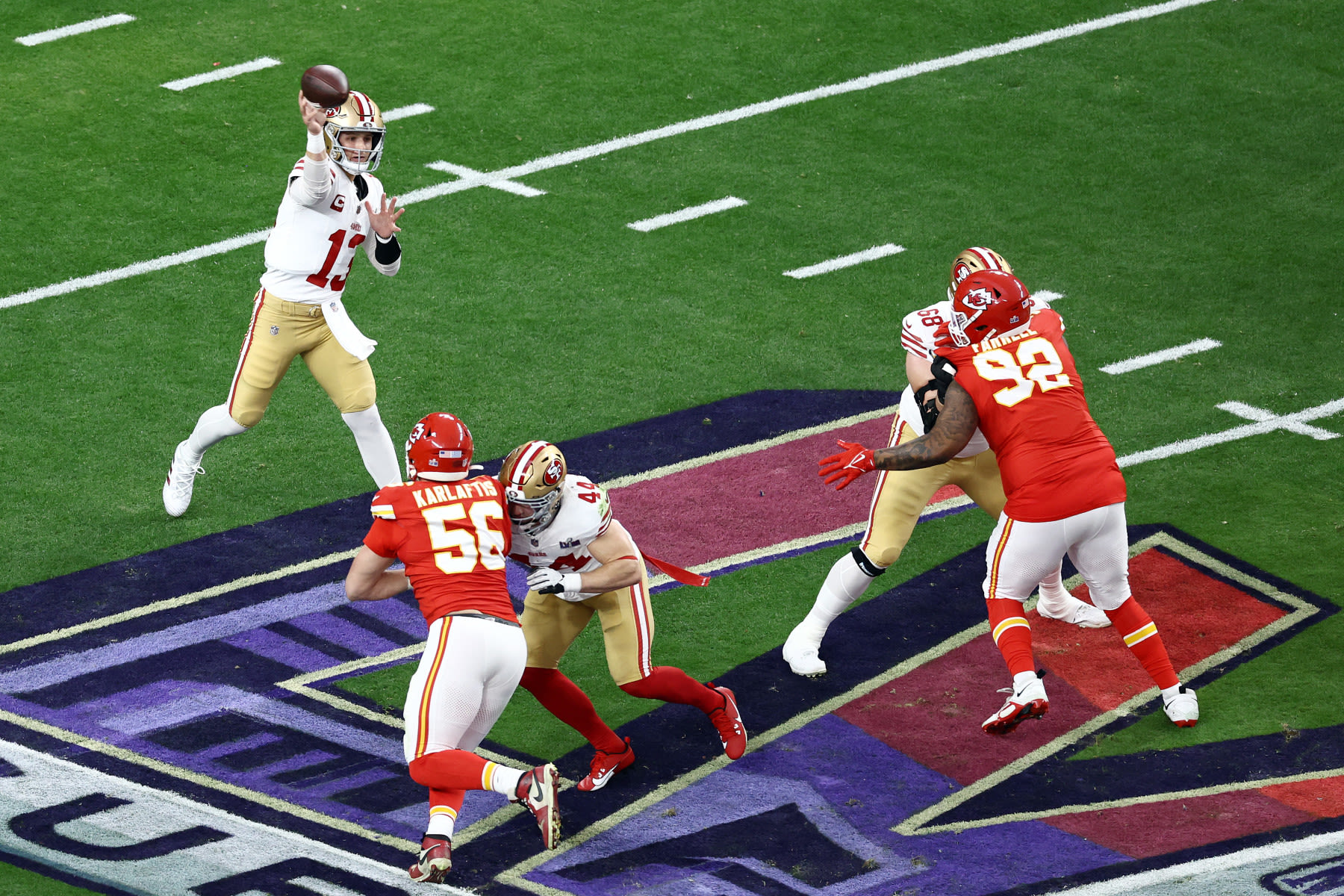INTERMEDIATE
Golf Tips: Copy Nelly Korda’s Swing Tempo With These 3 Keys
By Brendon Elliott, PGA
Published on Saturday, April 20, 2024
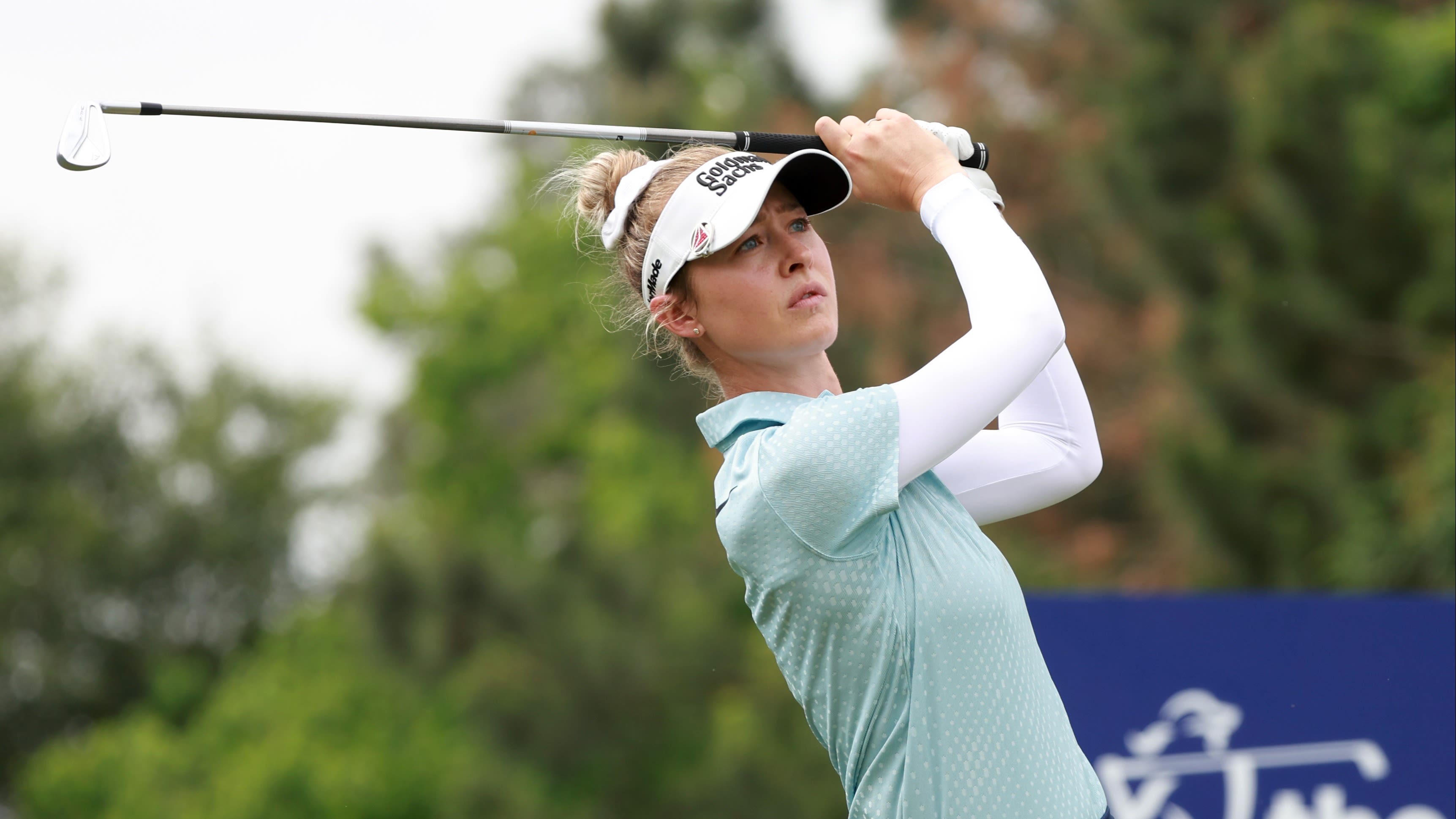
With no disrespect to Scottie Scheffler and his dominance in the men’s game, Nelly Korda may be the best golfer on the planet right now. Going for her fifth straight win this week at The Chevron Championship, the LPGA’s first major of the year, Nelly sits in a very familiar place near the top of the leaderboard.
One of the most striking things about Nelly’s swing is its fluidity. Her motion is smooth and graceful, with no wasted or unnecessary movements. Her natural rhythm and tempo allow her to generate power without sacrificing accuracy.
Another key element of Nelly’s swing is her balance. She maintains a stable base throughout her swing, which allows her to continually make solid contact and control her shot trajectory. Her weight shift is subtle and controlled, which helps her to maintain her balance and generate power.
Nelly’s swing also features a high level of coordination between her upper body and lower body. Her hips and shoulders rotate in a way that creates proper resistance between each other, allowing her to generate torque and power. Her arms and hands remain relaxed and passive, allowing the club head to do the work.
Of course, Nelly’s swing didn’t develop overnight. It has taken years of hard work and dedication to reach the level of proficiency that she now possesses. The following three tips can help you find better balance, fluidity, and rhythm in your swing, but, just like with Nelly, it will take some time to really get things dialed in.
Focus on your posture
Maintaining good posture from set up and throughout your swing is essential for achieving balance and fluidity. As you get set, focus on keeping your spine and sternum steady and over the ball, with your weight evenly distributed and your feet shoulder-width apart. This will help you maintain your balance throughout the swing.

As you move throughout your swing, always try to maintain that feeling of centeredness, with those critical points of the spine and sternum steady and over the ball.
Practice your transition
Many golfers lose rhythm and fluidity during the transition between the backswing and downswing.
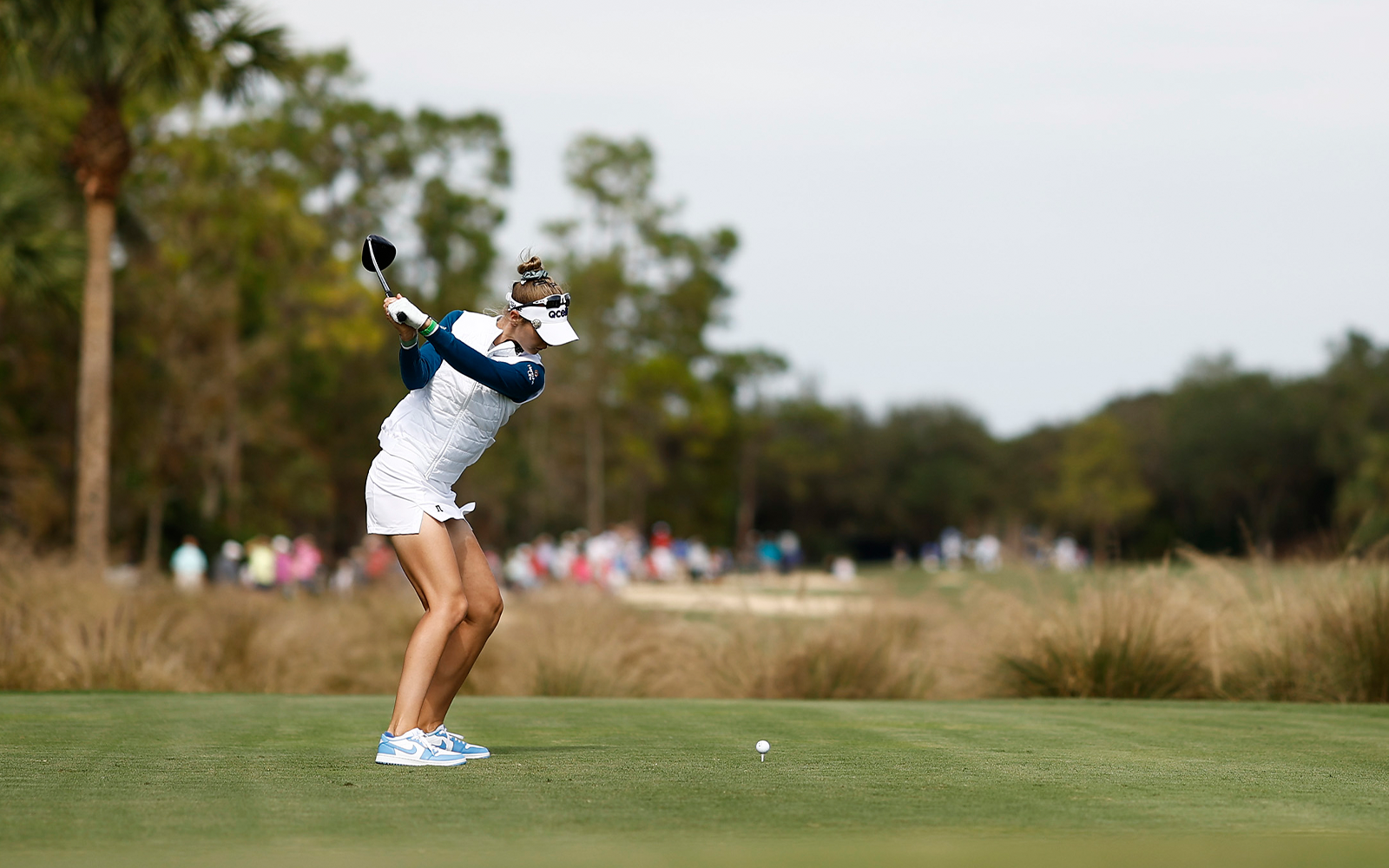
To improve this, practice your transition by slowing down your swing and focusing on the smoothness of the movement. Once you have mastered a slow and smooth transition, gradually increase your speed until you can maintain the same fluidity at a faster pace.
Use your hips correctly
A consistent and solid golf swing relies heavily on using your hips correctly. This helps generate power and maintain fluidity. Additionally, it allows for a consistent strike at impact and a reliable shot shape. Check out this sequence from Nelly:
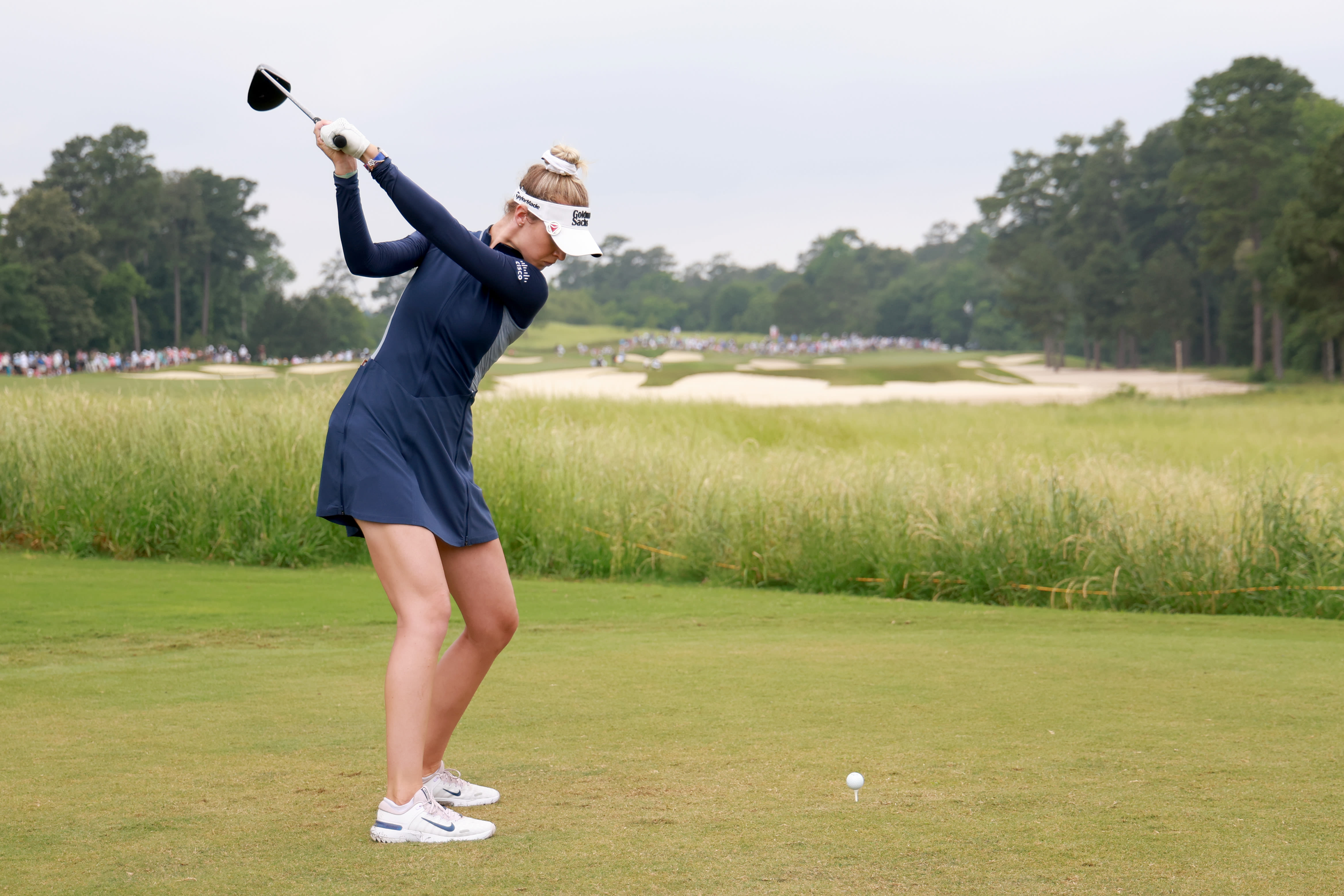

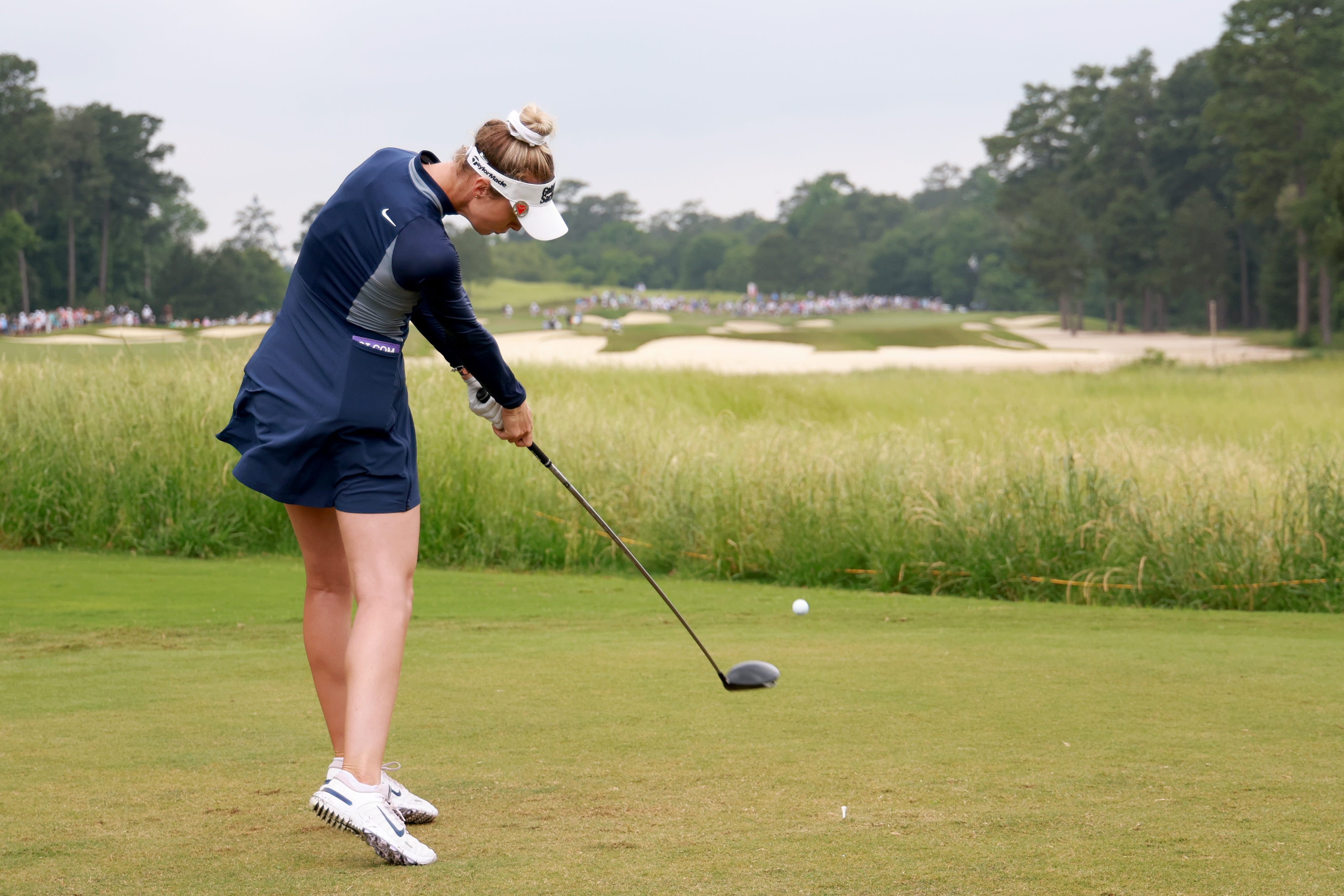
Notice Nelly rotating her hips throughout the swing, starting with her backswing and continuing through to your follow-through. As you swing back, your hips should rotate around 45 degrees, with your upper torso rotating an additional 45 degrees beyond that. That resistance between your upper body, rotating closer to 90 degrees, and your 45-degree hip turn creates the wind-up, which is necessary for you to be powerful once you transition down from the top of the swing.
As you unwind in the downswing, your hips must lead the way and rotate out of the way so that your hands and club can approach the ball from the inside. Hips that do not clear properly in the downswing create problems with consistency in your swing.
Catch some coverage of The Chevron Championship this weekend . . . there’s a lot you can learn from one of the LPGA’s stars who’s on an unreal run!
